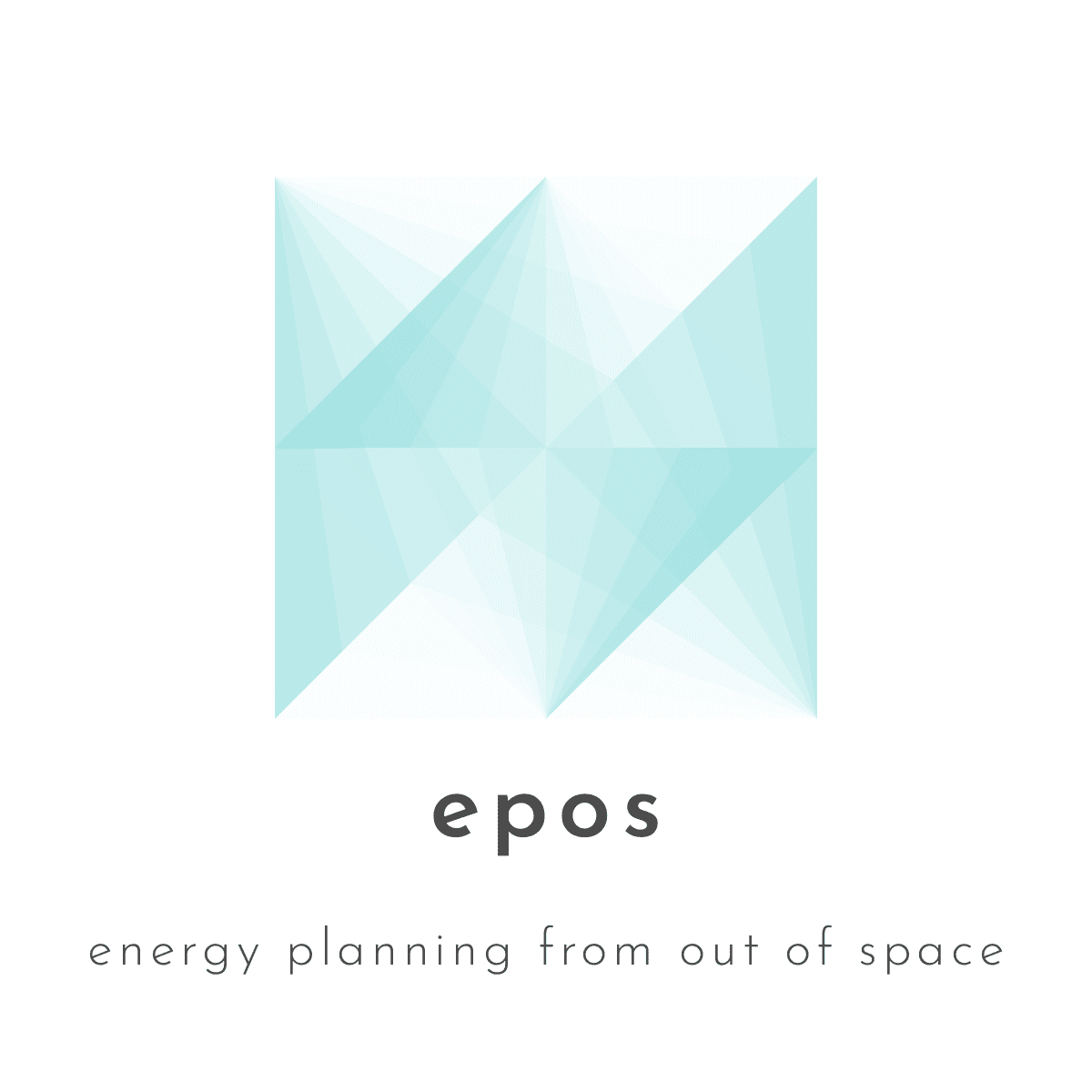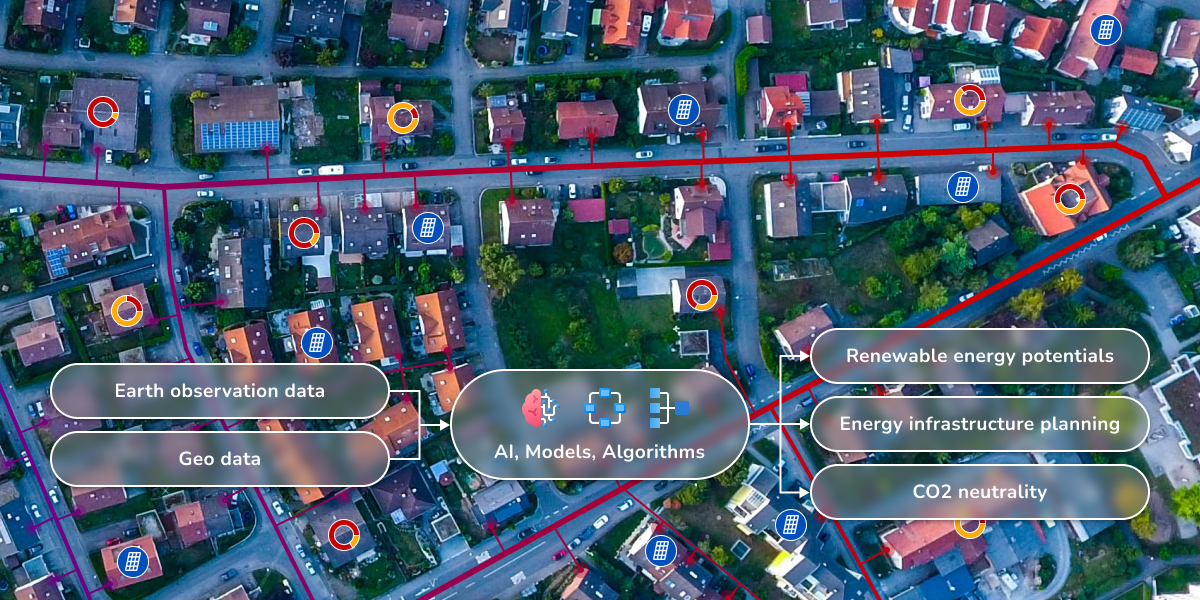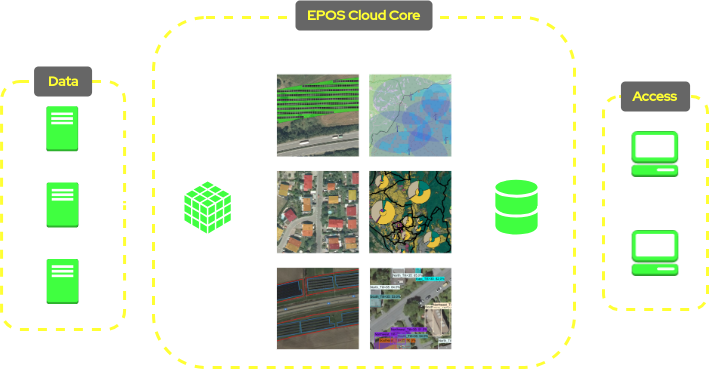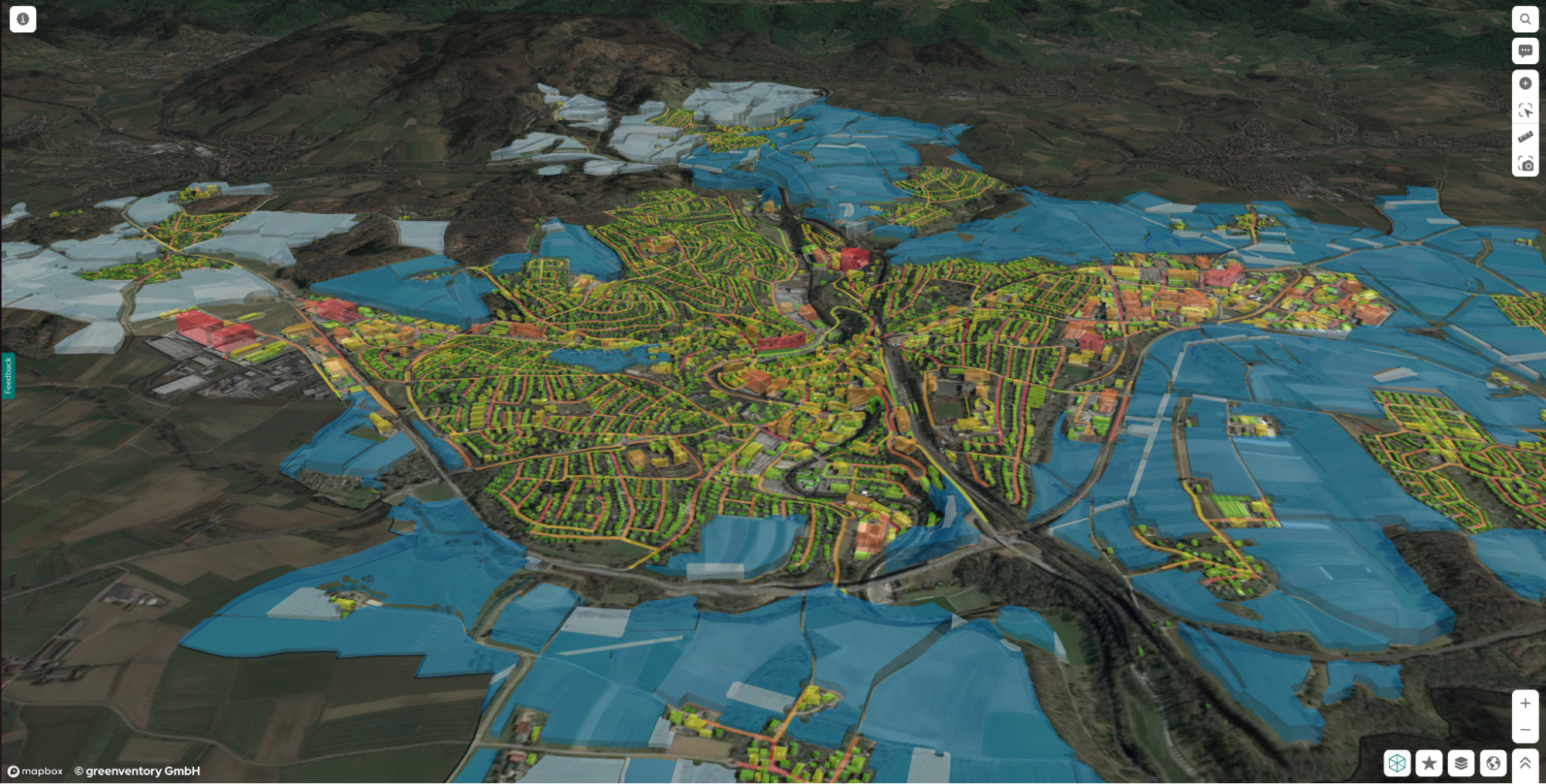
Objectives of the service

Transforming energy systems in buildings and cities involves a vast range of projects, from small-scale rooftop photovoltaic installations to large-scale efforts aimed at achieving carbon neutrality for entire urban areas. These initiatives require the coordination of various stakeholders and a thorough evaluation of potential solutions. Access to accurate energy inventory data and renewable energy potential assessments is essential for designing efficient systems and defining pathways to CO2 neutrality.
EPOS, a software-as-a-service solution, supports energy planners by enabling data collection, analysis, and the conceptualization of renewable energy systems. Using European Earth Observation data, EPOS delivers valuable insights for energy inventory and site assessments, helping planners accurately evaluate renewable energy potential. This empowers decision-makers to select the most effective strategies for transforming energy systems and reducing CO2 emissions in buildings and cities.
Users and their needs
The primary users of the EPOS service are planners and decision-makers involved in large-scale energy projects aimed at achieving climate neutrality across districts, cities, and regions in Europe. These users span various sectors, including municipalities, energy service providers, utilities, and grid operators, all working towards the shared goal of preparing, planning, and executing energy projects critical to achieving climate neutrality within the next 25 years.
Their key needs include:
-
Collecting energy-related data at the building level, such as electricity and heating demand, insulation status, and more.
-
Assessing and evaluating local renewable energy potential.
-
Exploring, developing, and comparing strategies to achieve CO2 neutrality.
EPOS faces several challenges in addressing these needs, such as ensuring the accuracy and comprehensiveness of data collection, providing reliable assessments of renewable energy potential, and offering versatile tools that allow stakeholders to explore and compare different CO2 reduction strategies.
Service/ system concept
EPOS is tailored for municipalities, grid operators, and energy utilities involved in complex, iterative energy projects. By automating data collection and planning, EPOS streamlines workflows, saves time, and reduces costs. Key benefits include:
-
Automated data collection
-
Data-driven risk reduction
-
Centralised data organisation
-
A visual approach to energy planning
-
Decision support tools, such as KPI analysis

Image credit: greenventory, Project: EPOS
These features make EPOS an efficient tool for engineers, decision-makers, and energy planners, enabling them to achieve objectives more effectively and economically.
EPOS supports energy decision-making at three levels:
-
Energy System Inventory: Offers a detailed inventory of the current energy system, covering building structures, demand typology, and installed renewable capacity.
-
Renewable Energy Potential Assessment: Assesses renewable energy potentials for photovoltaic (PV), wind, and biomass.
-
Energy System Models and Planning: Utilises models and algorithms for energy system transformation, allowing for the planning of meaningful changes.
The EPOS system translates raw data into actionable insights for energy planning by collecting geospatial data from Earth Observation (EO) services, statistical datasets, and mapping tools like OpenStreetMap (OSM). This data is pre-processed and integrated into a harmonised database, which energy models use to calculate indicators such as wind potential, building energy demand, and specific unit costs.
The platform also enables users to evaluate results through a web interface, providing comprehensive insights to support refined energy planning and decision-making processes.
Space Added Value
By utilising a variety of Earth Observation (EO) imagery, EPOS enables rapid global analysis of renewable energy potential in just minutes. Additionally, it provides an inventory of energy systems, which can be further refined with user input. EPOS is designed for global applicability, preloaded with the essential data needed for immediate energy planning.
EPOS integrates multiple data sources, including:
-
Land cover data (ESA WorldCover 2021)
-
Digital elevation model (Copernicus DEM)
-
Historical (ERA5) and projected (CORDEX) weather and climate data
-
Very high-resolution aerial imagery (DOP20, Pleiades Neo)
This combination of climate, land cover, and elevation data is used to assess the spatial feasibility and yield of renewable energy technologies. Aerial imagery aids in detecting buildings, photovoltaic (PV) systems, and solar thermal collectors.
Using space-based assets for energy planning provides several advantages, including access to up-to-date and historical data spanning more than a decade. This ensures completeness and consistency, making EPOS scalable for global applications, particularly in developing countries. Moreover, this approach is cost-effective due to the availability of free, high-resolution EO data, and represents a strategic investment in future technologies, with support from the European Space Agency (ESA).
Current Status

The EPOS project has achieved a significant milestone in addressing the market's increasing demand for digitization and SaaS solutions in the energy planning sector. Insights from an initial feasibility study and extensive market analysis have enabled greenventory to complete the essential stages of requirements gathering and architectural design. These steps have solidified the foundation for the services' robustness and scalability.
Currently, the project team has developed all major and mandatory system requirements, marking the beginning of the pilot phase with three selected pilot customers. This phase focuses on the application of the platform in live environments and rigorous testing of its capabilities. In conjunction with pilot testing, user interviews are underway to collect critical feedback directly from users. This feedback is crucial for refining the product features and enhancing the energy algorithms, ensuring the offerings meet customer needs effectively. Business development initiatives continue to progress, concentrating on analysing market responses, adjusting pricing models, and strengthening strategic initiatives aimed at commercialising these sought-after automated products in the energy planning industry.
This shift to the pilot phase represents a crucial advancement for the EPOS project, underscoring the commitment of greenventory to innovation and excellence in delivering state-of-the-art solutions to the energy sector.



